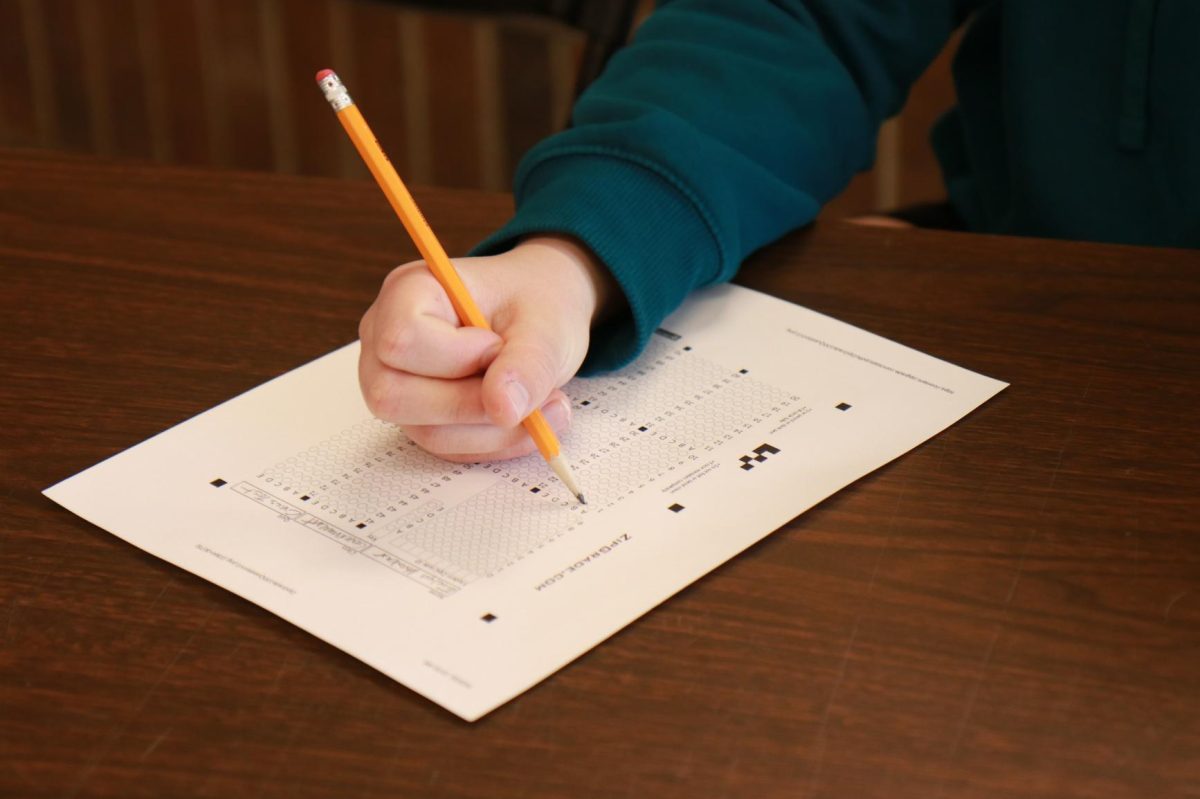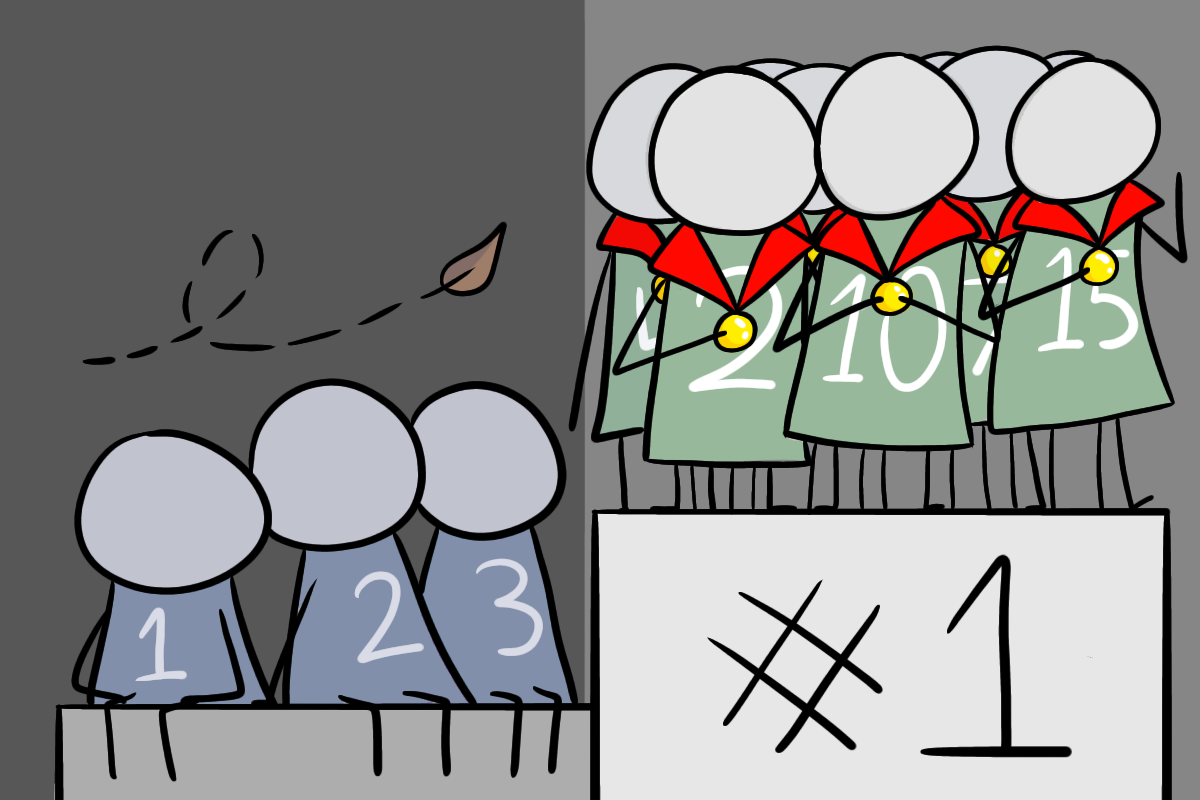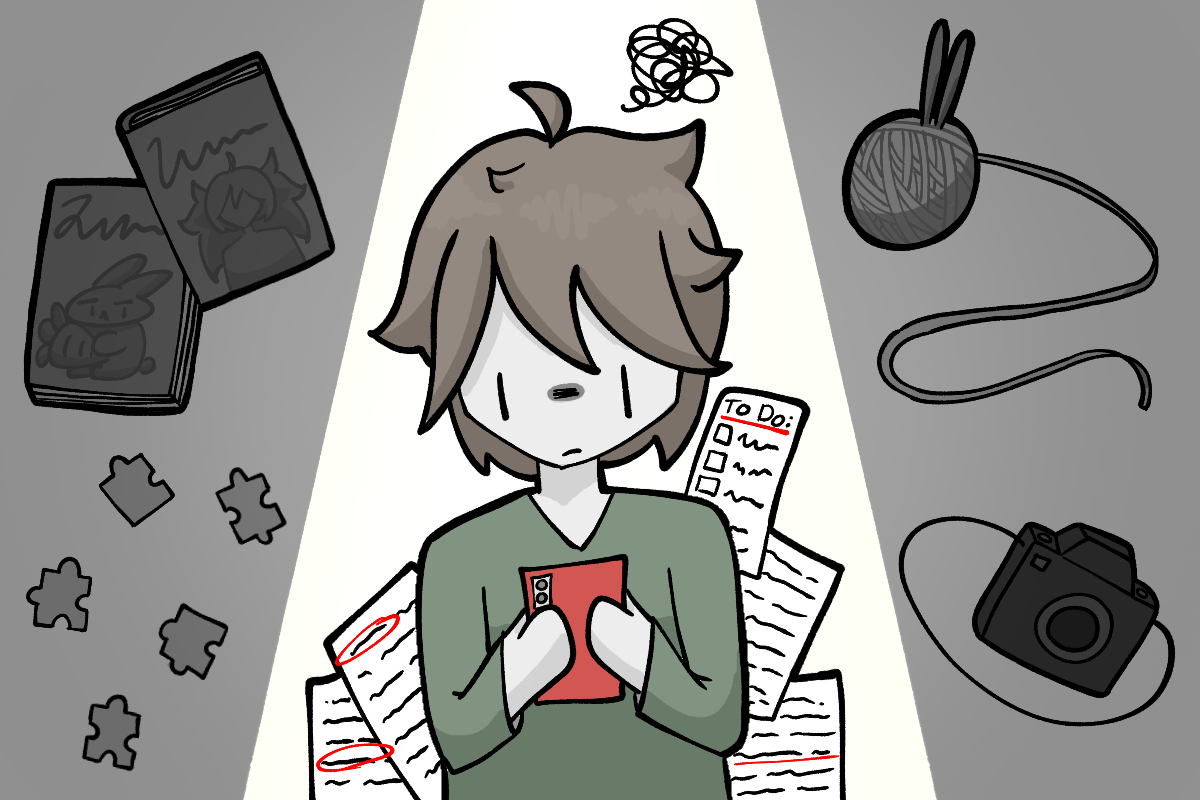Editor’s Note: As of print time April 8, House File 2586 had only been approved in the House. Since then, House File 2586 passed the Senate April 10 and is being sent back to the House for final adjustments before Gov. Kim Reynolds can sign HF 2586 into law.
On an ordinary Thursday morning Jan. 4, students of Perry High School file into their respective classes to begin another day. Twenty minutes before the first-period bell, a 17-year-old shoots four of his classmates and three staff members before killing himself. Shot while trying to protect his students, Principal Dan Marburger remained in critical condition before dying along with sixth grader Ahmir Jolliff. This tragedy sparked outrage and devastation across Iowa, marking yet another case of senseless gun violence, which was the leading cause of death among U.S. teenagers in 2023, topping drug overdoses, cancer and automobile accidents.
Currently, Iowa Code 2024, Section 724.4B permits authorized school employees, such as peace or corrections officers, to carry firearms. However, as a response to the Perry shooting, Iowa House legislators have also passed House File 2586 Feb. 28, which expands the school staff who can obtain a permit to carry firearms on campus and provides legal immunity if those firearms are discharged with reasonable force. While awaiting the Iowa Senate’s approval, Iowa House legislators are also pushing for the passage of House File 2652, which would provide $3 million for training school districts that choose to arm staff members and buy firearms for school employees. Another Iowa high school, Spirit Lake, previously tried to arm school employees in November 2022 prior to the passing of HF 2586; however, liability concerns resulted in insurance companies denying them coverage. These new bills allow school employees to have legal immunity in the case of reasonable firearm use to encourage coverage from insurance companies.
For school districts with more than 8,000 students, armed educators and at least one Security Resource Officer (SRO), as also mentioned by HF 2586, are mandatory unless a school board chooses to opt out of the program. Iowa City Community School District (ICCSD) Superintendent Matt Degner explains that despite an increased probability that insurance companies will now provide coverage to arm teachers, the ICCSD School Board will still likely vote against implementing these policies. This decision stems from the belief that arming teachers is not the most effective solution to prevent gun violence.
“Will we allow staff to be armed? No. Will we pursue SROs in our school district? No. The district [has] had that conversation before, and I don’t feel like there’s been any new or compelling information that would change the district’s stance,” Degner said.
The WSS Editorial Board urges lawmakers in the Senate to vote against the bill. According to Iowa House Representative Adam Zabner, as of now, there are zero precautions to ensure that the guns are stored safely and zero restrictions on what type of gun staff can carry. Along with the lack of specificity in the HFs themselves, a 2004 Harvard study concluded that greater firearm prevalence corresponds to higher rates of homicide, which continues to be reinforced today with further analysis. While arming educators might increase the chance that the school shooter is shot, it definitively increases the chance innocent bystanders are killed since teachers will receive less instruction compared to trained officers.
Beyond the simple fact that increasing the number of firearms on campus magnifies the risk for gun violence, this bill will create an imbalanced, dangerous power dynamic between the student and teacher. Imagine a school environment where a teacher has an assault rifle in their cabinet drawer: If the gun goes off and accidentally shoots a harmless student, who will be held accountable? This poses a huge liability concern despite insurance coverage, with 54% of teachers believing firearms would create a less safe school environment. HF 2586 and 2652 blur schools’ responsibility to protect students. Schools should be a safe place to learn; however, this attempt is a lackluster approach that points us in the wrong direction.

The solution to the senseless gun violence that is wracking our country is not to add more guns — it is systemic change. Instead of centering our attention on reactionary policies for addressing a scenario where a school shooter is armed and a teacher must safeguard their students, we need to prioritize preventative policies to stop situations like these from occurring in the first place. HF 2586 and 2652 put more people in the line of fire instead of ensuring that the problem doesn’t occur at all. To best protect our children and ensure firearms don’t fall into the wrong hands, we must enact policies such as extreme risk protection orders, or “red flag” laws, that take guns out of the hands of those who pose a risk to themselves or others — a statistically proven method that prevents gun violence. There is already federal funding available to support this, with Biden passing over $750 million in June 2022 of grants to incentivize state implementation — a solution the Iowa government has failed to tap into, which is a shameful mark on Iowa’s history of gun control.
Furthermore, these new HFs signal the importance of voting in local and national elections. As a new generation of voters, we can change the outcome of what legislation is placed in our country simply by electing representatives who believe in policies that have a tangible, positive impact. Statewide legislation like HF 2586 and 2652 have an immense impact on our towns, schools and homes. We urge our community to call their local representatives to vote no and demand that legislators pursue real solutions that create real change.



































